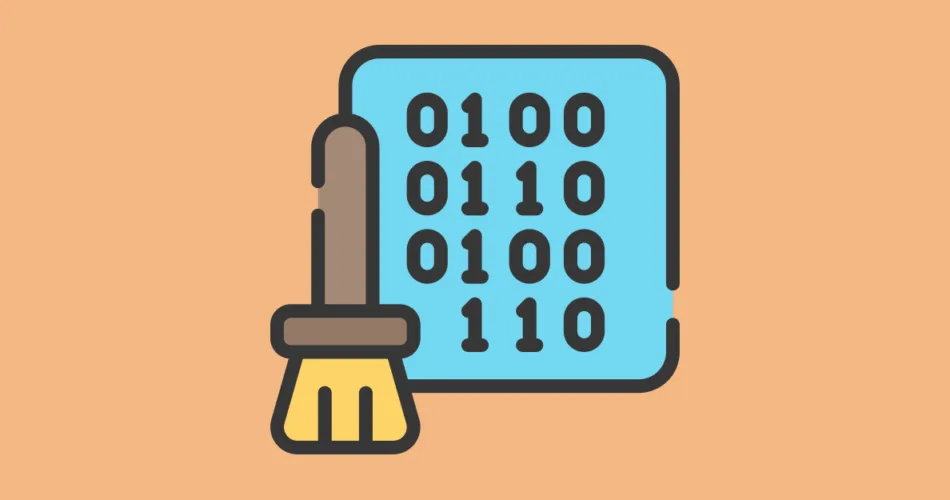In the world of software development, writing code that works is just one part of the equation. Equally important is writing code that is clean, well-organized, and easy to read. Clean and readable code not only makes it easier for other developers to understand and collaborate on the codebase but also helps in maintaining the software over time. In this post, we’ll explore some best practices and guidelines for writing clean and readable code in Java.
1. Use Meaningful Variable and Method Names
One of the most fundamental aspects of clean code is using meaningful names for variables, methods, and classes. Avoid single-letter variable names or cryptic abbreviations. Instead, choose names that convey the purpose and functionality of the element. For example:
public class Circle {
private double radius;
public double calculateArea() {
return Math.PI * radius * radius;
}
}
Using descriptive names like “radius” and “calculateArea” makes the code self-explanatory.
2. Keep Methods Short and Focused
Each method in your code should have a single responsibility and should be focused on performing a specific task. This not only improves readability but also makes the code easier to test and maintain. If a method is becoming too long or complex, consider breaking it down into smaller, more focused methods.
public class OrderProcessor {
public void processOrder(Order order) {
validateOrder(order);
calculateTotal(order);
updateInventory(order);
sendConfirmationEmail(order);
}
private void validateOrder(Order order) {
// validation logic
}
private void calculateTotal(Order order) {
// calculation logic
}
private void updateInventory(Order order) {
// inventory update logic
}
private void sendConfirmationEmail(Order order) {
// email sending logic
}
}
Breaking down the processOrder method into smaller methods with specific responsibilities improves code organization and readability.
3. Use Comments Wisely
Comments can be helpful for providing context or explaining complex algorithms. However, aim to write code that is self-explanatory without relying heavily on comments. Use comments to explain the “why” behind certain decisions or to clarify non-obvious behavior.
public class Product {
private String name;
private double price;
// Constructor for creating a product
public Product(String name, double price) {
this.name = name;
this.price = price;
}
// Returns the price of the product
public double getPrice() {
return price;
}
}
Here, the constructor comment explains the purpose of the constructor, while the method name and variable names are self-explanatory.
4. Avoid Deep Nesting and Complex Logic
Deeply nested code structures and overly complex logic can quickly become difficult to understand. Strive to keep your code’s nesting level shallow and break down complex logic into smaller, manageable parts.
public class ShoppingCart {
public double calculateTotalPrice(List products) {
double totalPrice = 0;
for (Product product : products) {
if (product != null) {
if (product.getPrice() > 0) {
totalPrice += product.getPrice();
}
}
}
return totalPrice;
}
}
The code above can be simplified by removing unnecessary nesting and using early returns:
public class ShoppingCart {
public double calculateTotalPrice(List products) {
double totalPrice = 0;
for (Product product : products) {
if (product == null) {
continue;
}
if (product.getPrice() > 0) {
totalPrice += product.getPrice();
}
}
return totalPrice;
}
}
Reducing nesting and simplifying logic improves code readability.
5. Follow a Consistent Formatting Style
Consistent code formatting makes the codebase look cohesive and professional. Follow a specific coding style guide that outlines conventions for indentation, spacing, and formatting. This makes it easier for developers to navigate the codebase and understand the structure.
Conclusion
Writing clean and readable code in Java is essential for maintaining a healthy and efficient codebase. By following these best practices, you’ll create code that is not only functional but also easily understandable by other developers. Clean code leads to better collaboration, fewer bugs, and smoother maintenance, ultimately contributing to the success of your software projects.
Subscribe to our email newsletter to get the latest posts delivered right to your email.


Comments